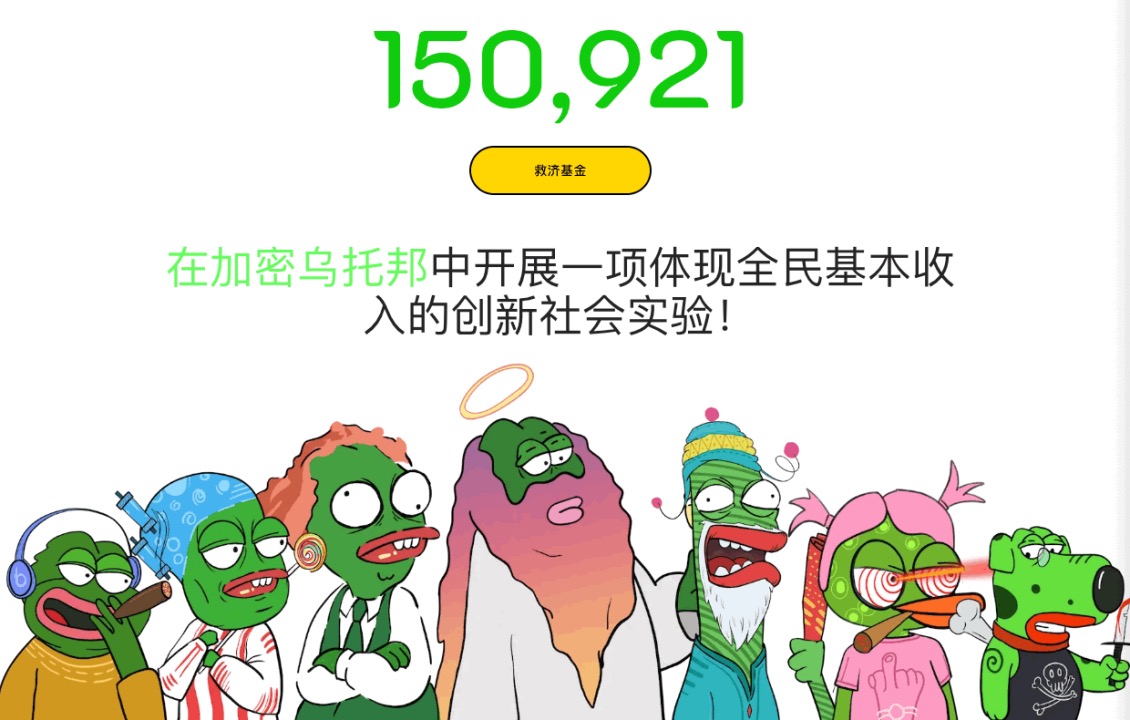Some Practical Thoughts on the Application of Blockchain in Wenchuang Field
We have been paying attention to the combination of blockchain and physical field, and thinking about the form and mode of its derivative may have practical reference for subsequent evolution, just like hiding in the jungle to observe how the lion captures the prey.
In the field of cultural creation, the blockchain has brought some new models to the cultural and creative industries, both good and bad.
As more and more art assets are tagged with the “blockchain use” label into the circulation and finance sectors, many new phenomena have emerged. Here are some interesting observations.
First, the background
We are discussing the issuance, trading, circulation and application of tokens based on various underlying assets of Wenchuang.
- Passing the card: the epee has no front, and it doesn't work well.
- Is it a bullish or a bullish market? Bitcoin lightning broke through $4,600!
- Talking about the importance of private key and mnemonic
The most interesting breakthrough in the blockchain and cultural creation fields may be the b2b2c model with liquidity as the theme.
That is to say, the commercial value, especially the vast amount of the original hidden in the depths of the industry, is inaccessible to the public, activated and released through the digital assets and market in the public chain.
These interesting assets that were previously not easily accessible may be credit, derivative rights, and deep commercial data for users, that is, the retailing, fragmentation, and financialization of b2b assets. It may also be a transaction pair or a specific transaction pair that is not traditionally used, such as the use of a specific token for the master's production, the expert's appreciation taste, and so on.
Second, open the field of vision, evolution
There are many ways to play the card, there are deep transformations, and there are shallow combinations. If it is a transformation or optimization process, it is used internally. It is impossible to say who is good or who is bad. Each enterprise can design according to its own needs, but If you want to cooperate with the issuance and circulation of assets, you need to think about it.
Here we talk about two dimensions of design thinking: based on assets or industry.
Asset based
We define the following model as an asset-based, and its representation is probably:

Its scope of application is tightly centered around assets, within the boundaries of traditional models.
The advantage of this design is that it is easy to cut in, without too much brains and resources.
The flaw is that the essence of the blockchain is not used, that is: a wider range of social collaboration, the active participation of community members
Every blockchain project with a soul should have the problem it wants to solve. It is also a matter of stocking, but if it is just to go to stock, it can only be said that some industrial models are optimized, so a thin design may lead to the project's subsequent weakness. We have observed that the market trajectory of some projects also confirms these judgments.
Therefore, when optimizing the asset design, it is necessary to boldly jump out of the original framework and make an article around the core asset value, appeal and the characteristics of the blockchain.
Now, you are standing in front of a gold mine. Don't just know how hard it is to pick up the natural gold nuggets on the surface, but ignore the huge wealth hidden in the ground.
Let's take a look at the industry.
Based on industry
If you look at it from the perspective of industry, the model design based on this can be more embarrassing, with greater potential energy, neither air (associated with entities), but also the most special incentive for blockchain, community members The system of participation complements each other.

In private communication with many resource parties, we found a problem: people often think about the blockchain transformation from the perspective of asset-based, thinking about what assets they have to match, so they frame themselves and cannot get out. .
You can suggest a different perspective, considering the chain standard.
“What resources can be integrated to drive the chain?” or “What support can my resources provide for the development of the chain?”
This kind of perspective may make you suddenly open. After all, the technology penetration of the blockchain is too strong. It is possible to integrate many related parties and form a tribalization with chain as the core, deep digging, and deep digging…
Everyone feels these words: guilds, associations, business circles, gangs, American drama fans community… In the actual implementation, you can apply such a path to experiment:
1. First, we must look at the roles and stakeholders in the ecology, and analyze the needs, capabilities, resources, and roles of each role.
2. Looking at these roles, where there is a pass for the pass, and whether there is a chance for a pass in the place where the transaction takes place.
3, the need for several tokens, the relationship between asset classes and other classes
4. Adjust the mismatch of resources and better ecological claims through the design of the certificate.
Therefore, this combination of physical assets, industrial appeals, generalization, and everyone's participation model may be the most effective and effective practice of blockchain entities.
To put it another way, the areas in which future blockchains will break out may be those that were not accessible to the prior art, but there are some parts of value in the human brain, and these abstract values partially form a new business paradigm through blockchains. Because of its irreversibility, it will lead to the imitation of the old paradigm, which will lead to chaining in a wider range of blocks.
Third, the pressure water flower
The inevitable phenomenon of financial products is the bubble, which may bring a lot of unstable factors.
There are two representative models on the market, as shown below.
 [A]
[A]
 [B]
[B]
It can be seen that both methods are active in eliminating bubbles, for example, introducing offline scenes to consume and so on.
Here to look at the topic of introducing offline scenes, to build effective application scenarios, at least consider the three aspects of the project side, users, businesses

This is a simple consumption formula:
£ = total Token / f (user) * S (consumption) / t (unit time)
The closer the £ is to 1, the more efficient it is.
Therefore, it seems that the fast-selling industry is a good application access scenario. The project party provides the merchant with an incremental customer base, and the user gets the desired goods or services.
For the project side, the cost of building such a scenario includes:
Direct cost: the cost of cooperation with the merchant, including the cost of BD (commercial expansion), the cost of goods/services, the cost of acceptance, etc.
Indirect cost: time cost.
Through various effective scene construction, it is theoretically possible to improve the mobility in the ecology, reduce the bubble, and promote the development of alliances between businesses in the ecology.
Finally, look at the B model, which is more special, it introduces part of the sales revenue into the market through self-operated sales behavior, judging from the simplest logic, it will be stronger than the A model.
It uses a more direct mode to form an effective resonance with the entity through the blockchain, which can better hedge the bubble and reduce the risk. From the perspective of market observation, it also formed a stronger market consensus.
The above is a participant in the development of a blockchain, and some new ideas for the industry and the market, I hope to be inspiring to everyone.
—-
Author: Big Stone
BTC address: 143BbnvqBiZg7RNRoXCQbEidWDhiRHgYrC
We will continue to update Blocking; if you have any questions or suggestions, please contact us!
Was this article helpful?
93 out of 132 found this helpful
Related articles
- How does the blockchain get the registration of the network office? The first batch of 197 projects are sorted out: the chain of the main chain sings financial, the application of deposit certificates
- The scenery is good here! The competition coin season has arrived, and more than 20 kinds of competition coins have doubled this year.
- When the PoS gold rush era is opened, who will become the next bit continent?
- The Russian version of "Facebook" VK will issue its own cryptocurrency, serving 97 million active users
- Wired in-depth coverage | A magical journey of a blockchain project
- April 2 market comment: stock price linkage, risk appetite rises, the effect of making money is obvious
- Look at IEO, the dilemma of markets, exchanges, project parties and investors






